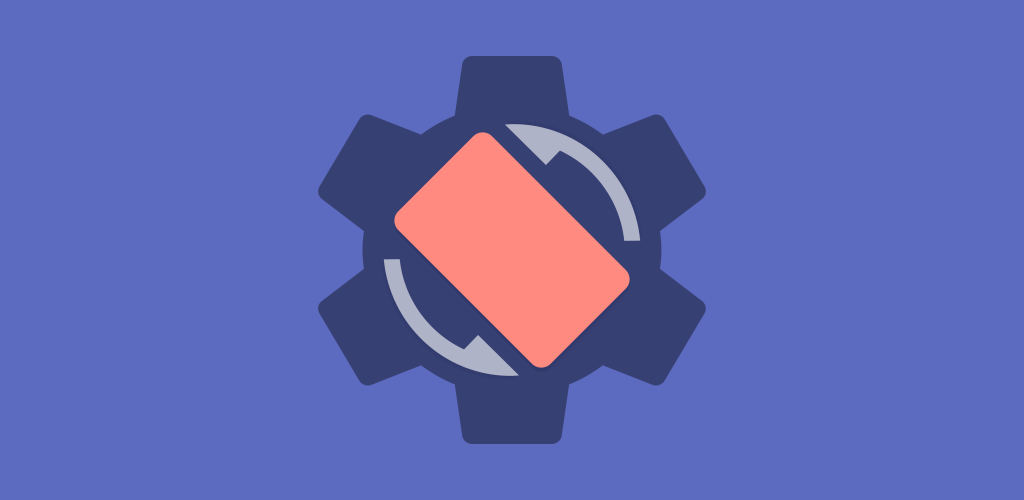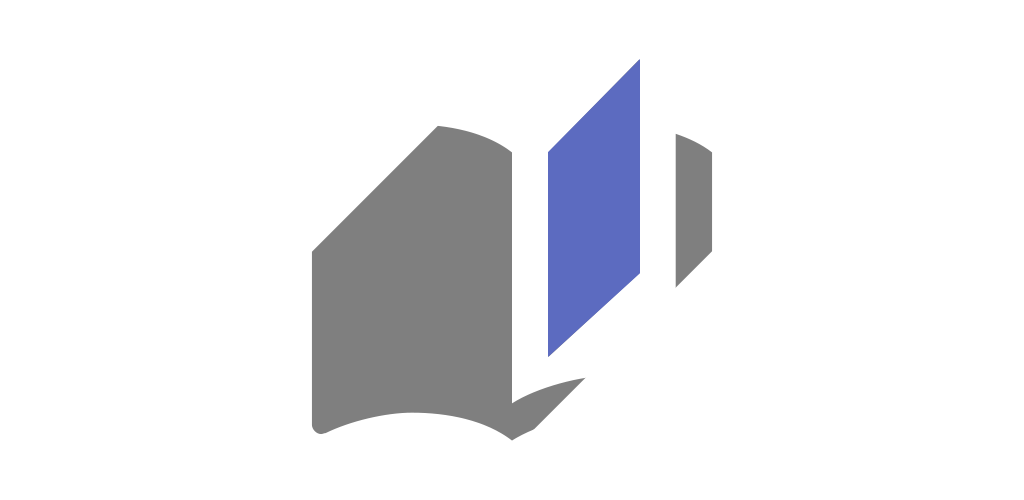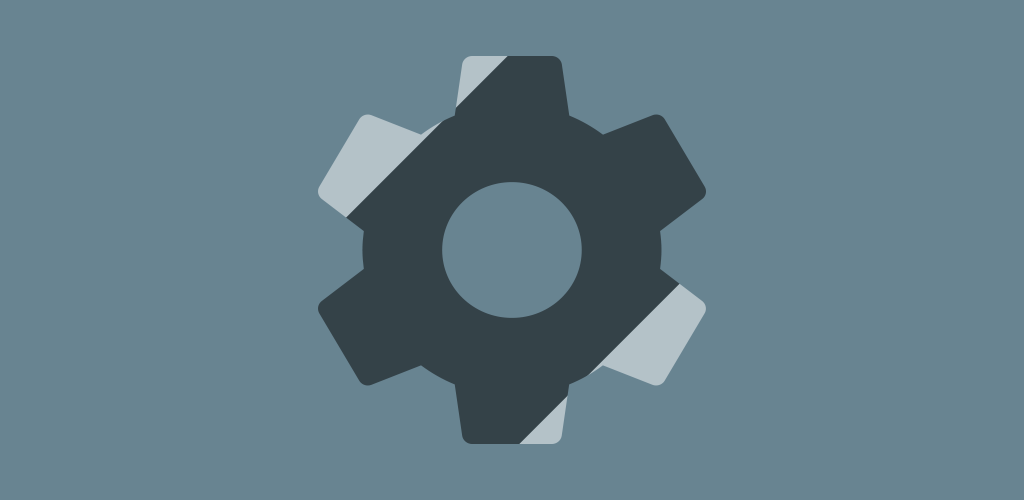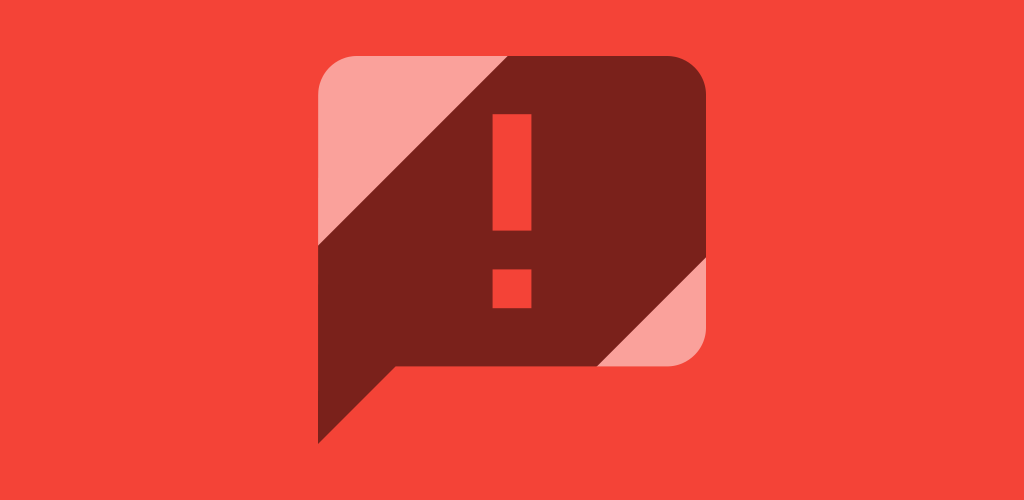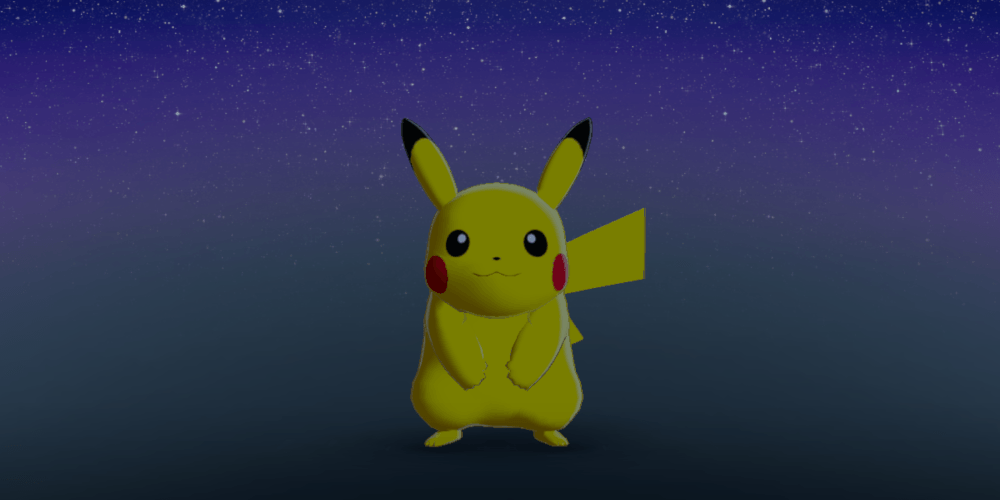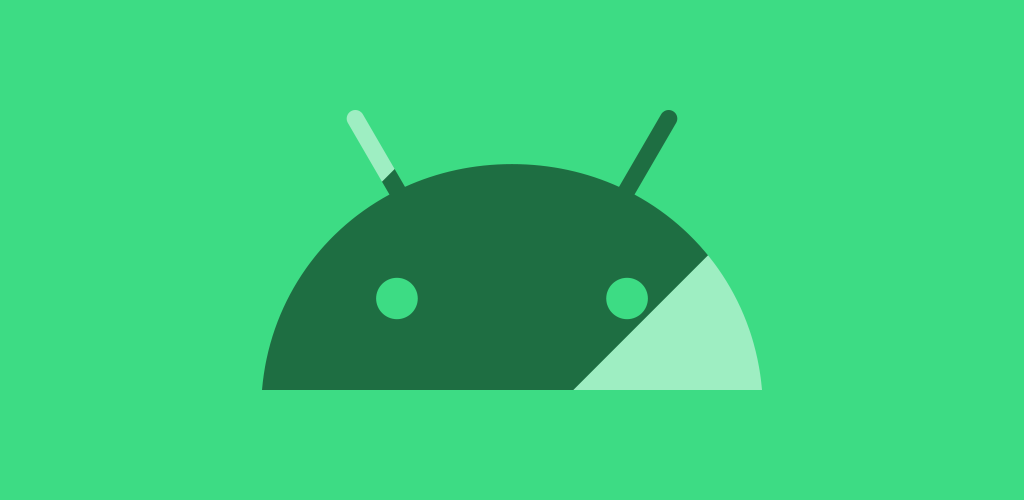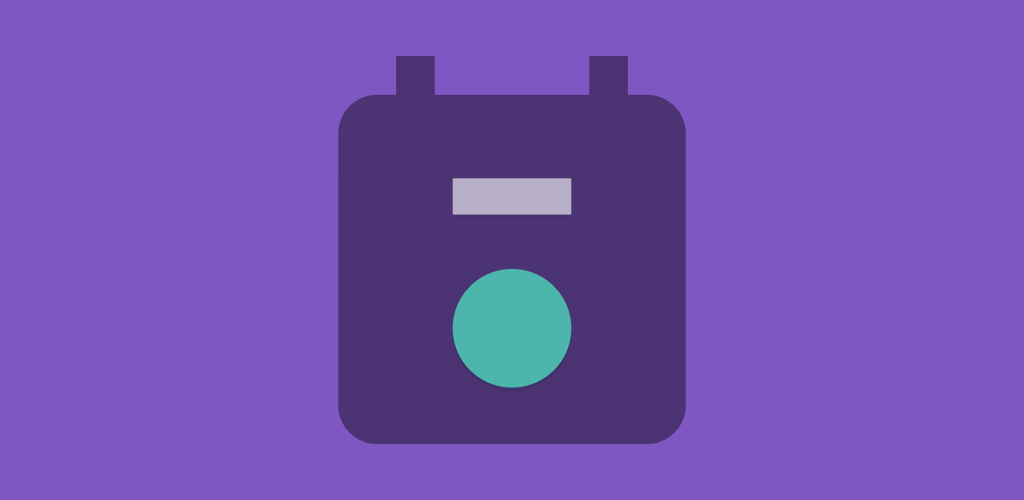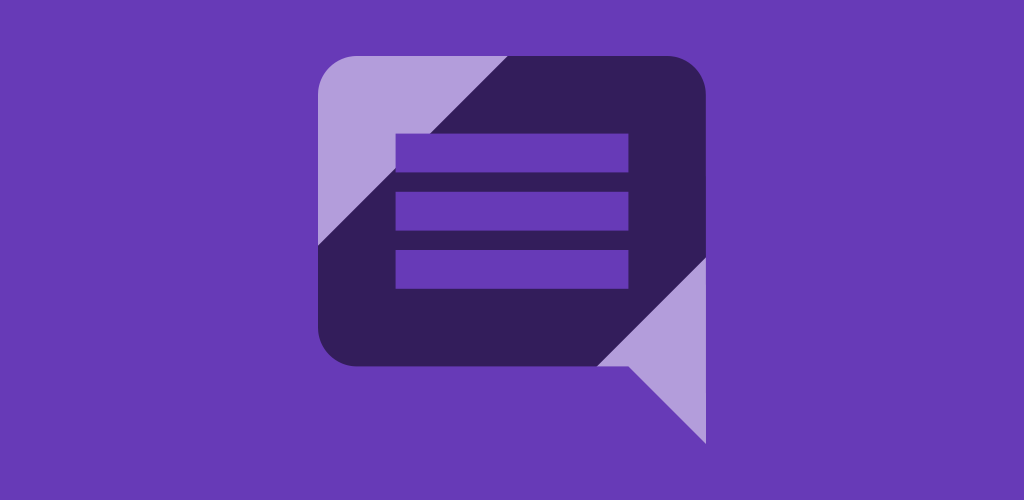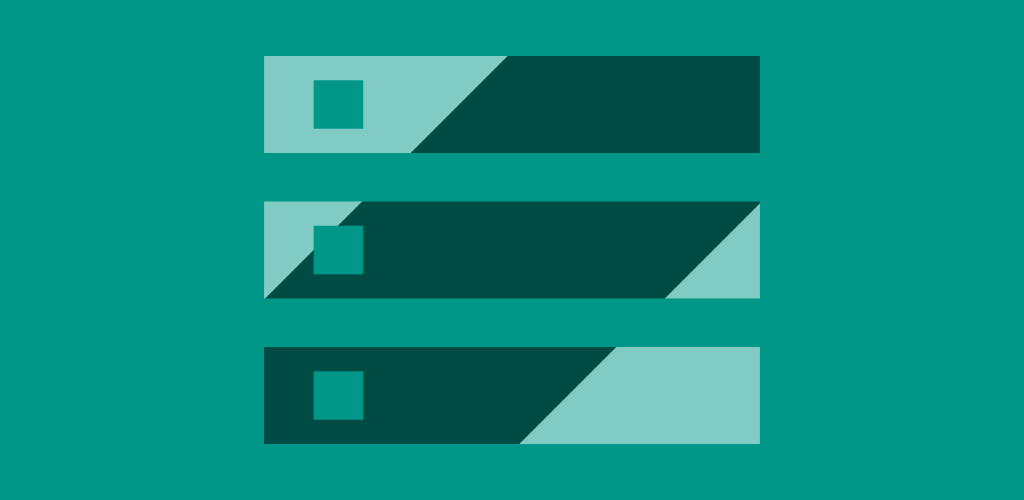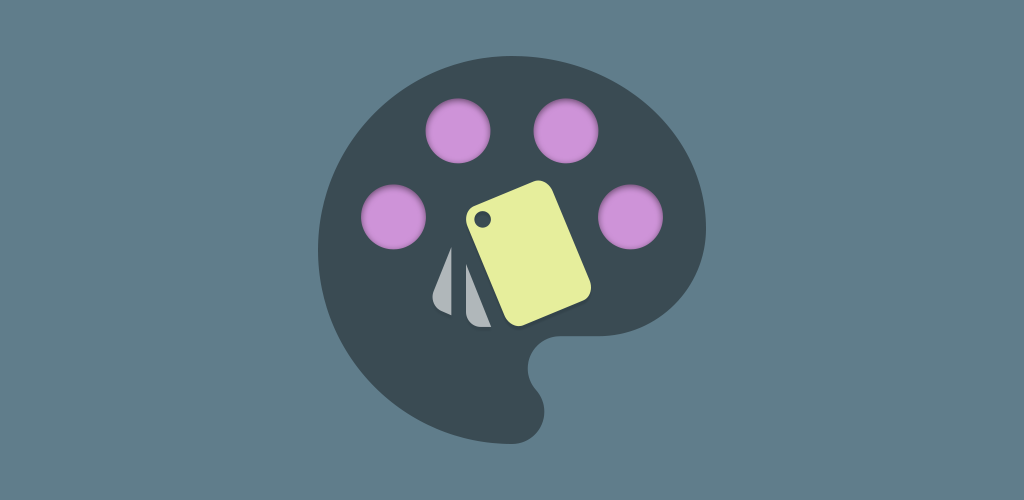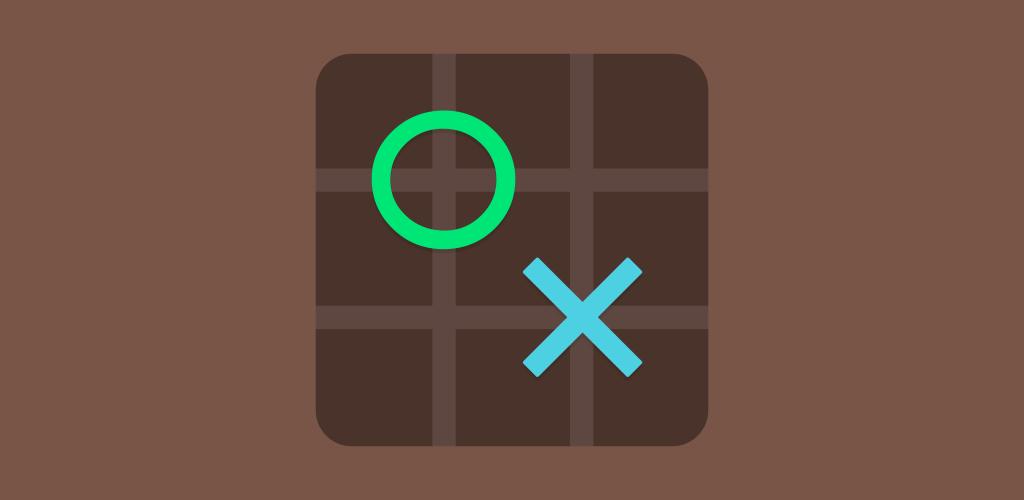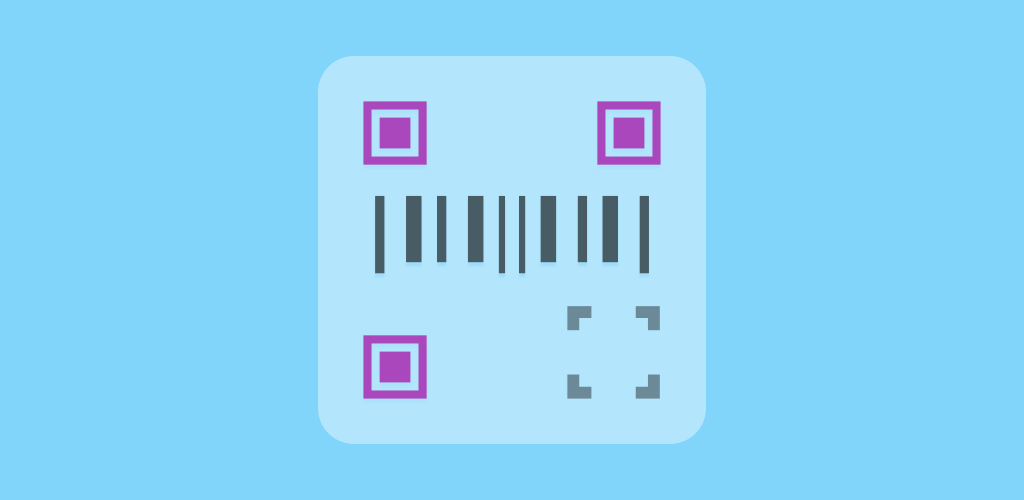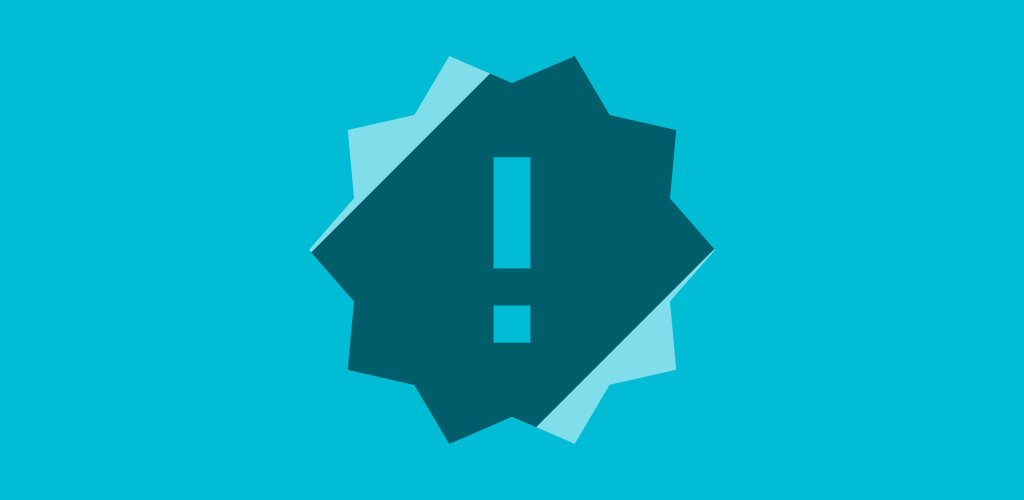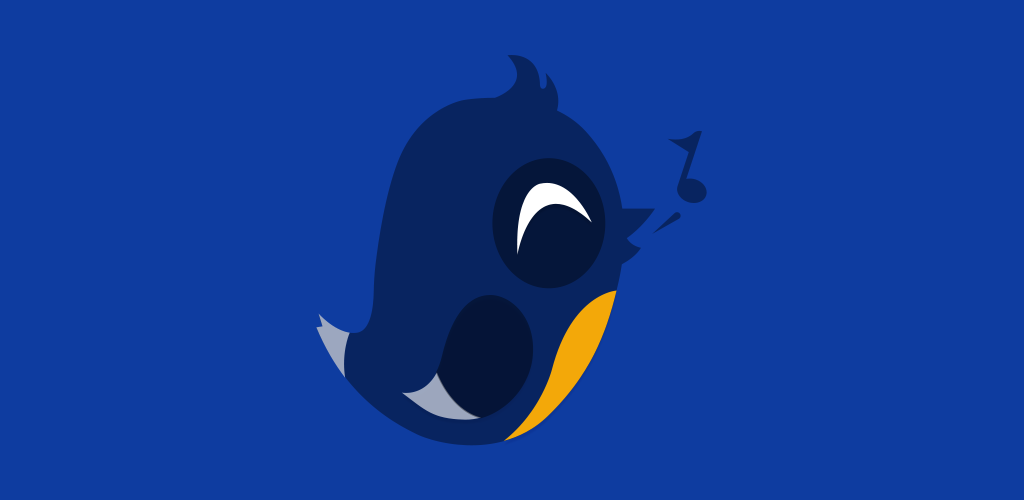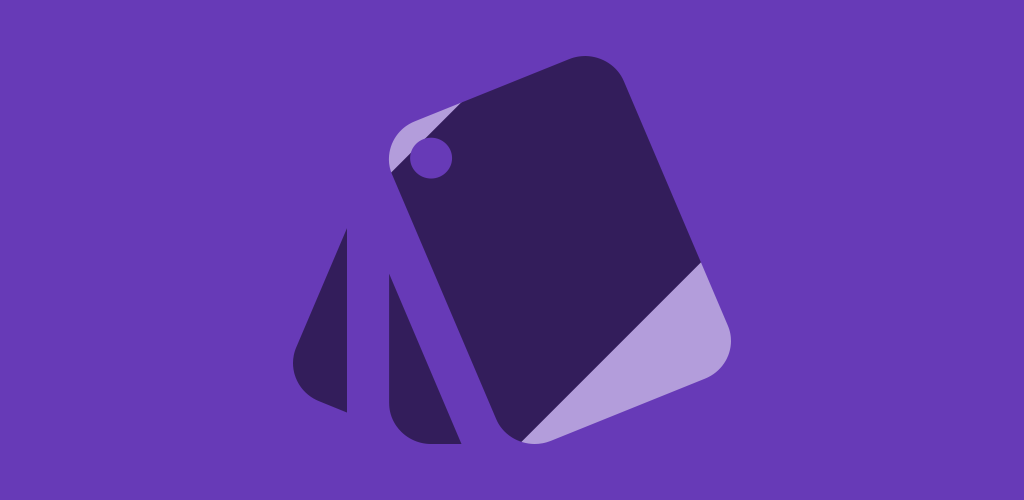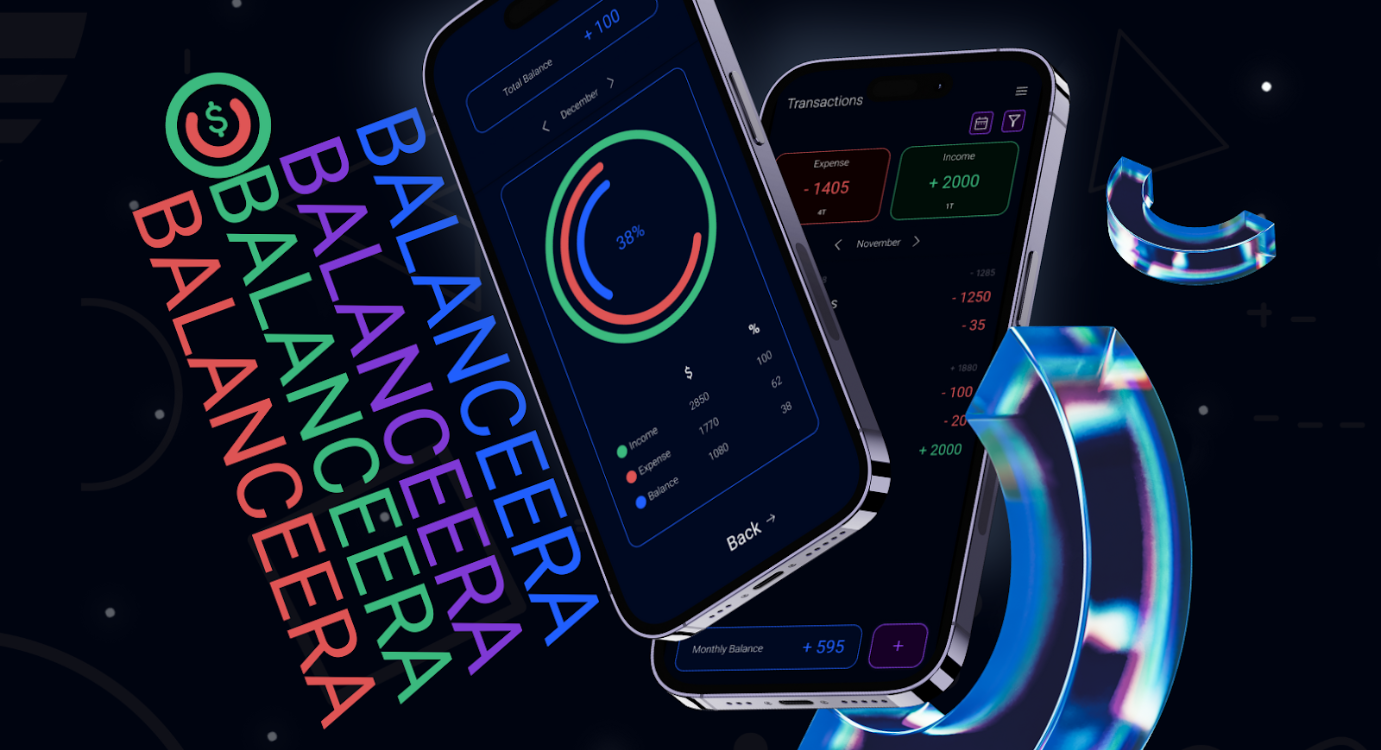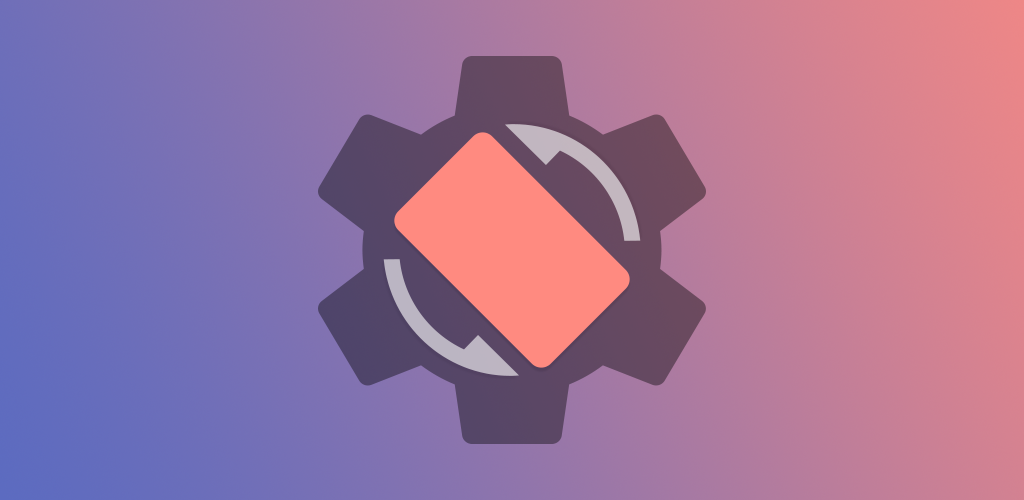
- 20 July, 2025
- 6 Min read
Rotation | Abstract
A courageous, emotional and resilient journey to one million downloads.
Every developer faces that moment when a big idea meets harsh feedback. For Rotation, an Android application born from a personal need, that feedback was stark, even heartbreaking: No one needs this app, or will ever download it. Yet, propelled by an unwavering conviction in adaptable, user-centric software, I persisted. Today, as I pour my thoughts onto this page, I’m overwhelmed with emotion to share that this initial skepticism merely served as the prologue to an extraordinary chapter in Rotation’s history.
Rotation was first launched on July 20, 2014, on the Google Play Store. It has proudly completed 11 years of continuous evolution, countless hours of dedication, and truly heartfelt service to the Android community.
Prologue
In early 2014, on the cusp of completing my bachelor’s degree with a portfolio of around 10 published apps, I was driven by a burning passion to tackle a bigger dream born from a personal vision, amid to revolutionize how Android handled screen orientation. The specific spark ignited from a bug in a prior Sony system, which prevented proper system setting writes, pushing me to envision a solution that could control device orientation universally, leveraging my familiarity with WindowManager APIs.
I keenly observed the growing frustration among users with larger devices due to unexpected orientation changes that ruined the experience. I realized the immense benefit of a per-app-based orientation system and, with remarkable foresight, intuited that the success of an app like Rotation could actually inspire other developers to embrace broader orientation support. My market research further bolstered my confidence, revealing existing, but aesthetically outdated, orientation apps, confirming ample room for a modern, UX-focused solution that would resonate with contemporary users.
Vision
A prediction that proved true over the years. With Android 16 (and soon Android 17), Google is actively telling developers to make apps that adapt to any screen orientation and size. This is exactly what Rotation has been doing for years. Rotation was relevant and forward-thinking long before it became a big push for Android.
Launch
Crucially, my vision for Rotation was reinforced by suggestions from users of my earlier apps, who implicitly validated my direction for extending functionality. Even now, I express genuine surprise at the inventive, unexpected use cases users share through emails and reviews, highlighting the organic and evolving impact Rotation has had. This journey, beginning from a single idea born out of personal frustration and early technical hurdles, ultimately shaped an enduring career path and delivered a highly valued tool to millions.
Despite those early, discouraging comments that could have easily stopped me, I strongly believed in building a tool that truly helped users. I launched Rotation on the Google Play Store, driven by the simple, heartfelt belief that if it was essential for me, it would surely help many others too.
Campaign
The path of Rotation was far from smooth, marked by unexpected challenges that tested my resolve and forced constant adaptation. One of the earliest hurdles involved user misunderstanding of the pricing model. Initially, a 7-day trial led to frustrating negative reviews, despite clear explanations. This taught me a critical lesson, prompting a pivotal shift to a freemium model with only three paid features. This move not only addressed the feedback but also began to build a dedicated and loyal user base.
Beyond commercial aspects, the technical landscape posed significant hurdles. My initial codebase, I quickly realized, was not scalable. It became incredibly difficult to manage as Android APIs rapidly evolved. We also faced issues with unsupported apps and system limitations, especially with custom ROMs.
Restrictions
Users would wrongly assume Rotation could directly control every app’s orientation, leading to confusion and a flood of support emails that a comprehensive, 17-page tutorial unfortunately couldn’t reduce. It was tough trying to explain the complexities of Android’s security restrictions and device-specific quirks.
Major Android updates, particularly Lollipop (5.0) and Marshmallow (6.0), introduced new APIs like app usage stats and runtime permissions, demanding constant, extensive code revisions. These changes often impacted the app’s stability, sometimes even disabling the overlay for the device lock screen, preventing rotation, leading to more challenging feedback and negative reviews. To mitigate issues with apps not designed for all orientations, per-app settings were introduced, allowing users to exclude problematic applications.
Through all this, I envisioned a more dynamic, user-centric design system, drawing inspiration from Material Design, aiming to give users deeper control over customization, a concept I termed
Dynamicwithin the code.
Reboot
Faced with mounting discouragement from these relentless challenges and the growing weight of an unscalable codebase, there was a moment I almost gave up. Then, an email arrived, a heartfelt message from a disabled gamer whose life was profoundly and positively impacted by Rotation. This single message was a turning point, providing an immense surge of motivation. In early 2017, driven by this powerful validation, I made the crucial decision to completely rebuild the entire application from the ground up, a monumental effort that truly paved the way for Rotation’s future success.
Epilogue
Today, I stand immensely proud and deeply grateful, my heart swelling with emotion, to announce a truly monumental achievement: Rotation for Android has officially surpassed 1 Million Downloads on the Google Play Store! This figure transcends a mere numerical metric; it stands as a powerful, undeniable validation against the initial skepticism, a profound testament to the community’s trust, and a resounding affirmation that a perceived niche need was, in fact, a widely shared and deeply appreciated one.
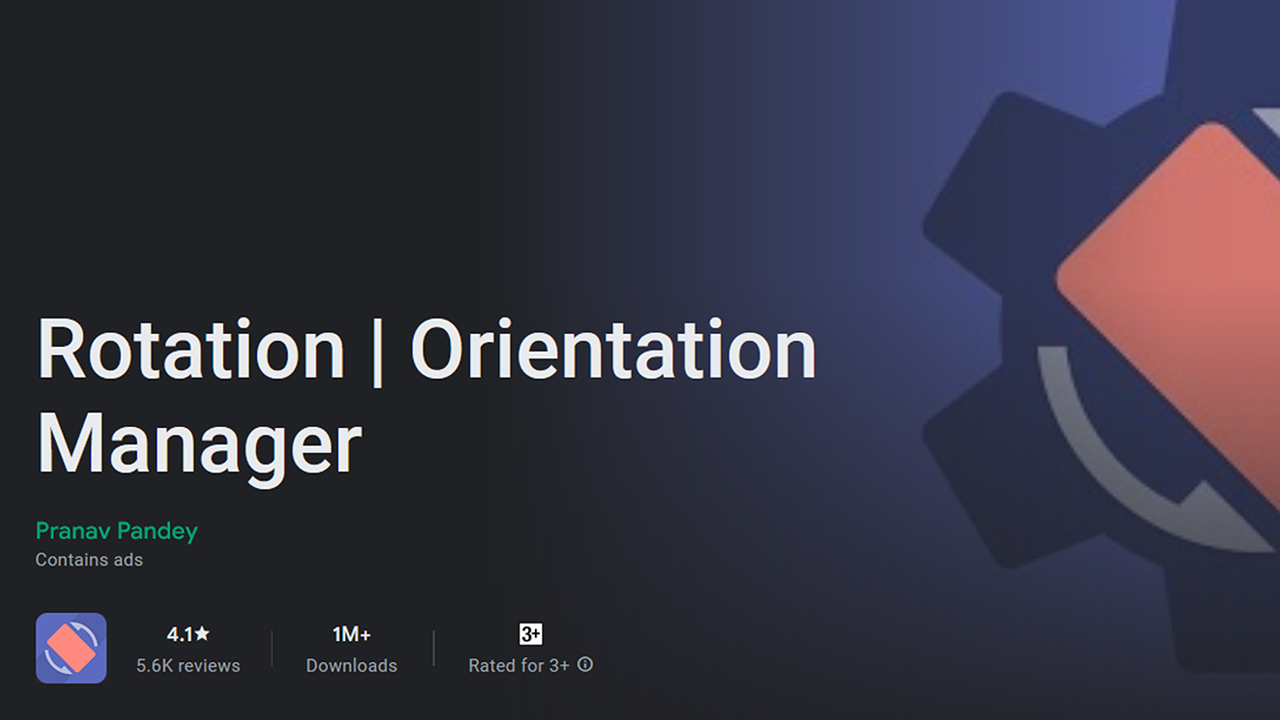
Expand
Furthermore, the expansion continues, driven by the desire to reach every user who might benefit. To broaden Rotation’s global accessibility, I’ve strategically launched it on the Samsung Galaxy Store and, more recently, on the HUAWEI AppGallery. This critical expansion ensures that an even wider spectrum of Android users across diverse ecosystems can now benefit from the precise and reliable orientation control that only Rotation can provide.
From a simple idea met with doubt, Rotation has evolved into a widely adopted, feature-rich application that has definitively proved to be ahead of its time.
Revolution
The journey of Rotation has been far more than a mere coding project. It’s been a profound lesson in perseverance, the critical importance of user-centric design, and the enduring power of a clear vision that dares to defy expectations. Its continued relevance, even as Android itself moves towards more adaptive designs, truly highlights the enduring value it provides, a testament to its forward-thinking core.
Open Source
It is from this very foundation, forged through countless hours and deep problem-solving within Rotation, that many of my open-source contributions have proudly sprung. The core engineering and refined solutions within Rotation didn’t just empower one app, they formed the robust foundation for much of my open-source work, shared freely with the developer community.
To every user, tester, and supporter who has contributed to this incredible journey, my deepest, most heartfelt gratitude. Your trust, your direct feedback, and your shared enthusiasm remain the primary inspiration, continually pushing me to explore the frontiers of Android development. Here’s to many more milestones, and to persistently crafting solutions that genuinely empower users and elevate the digital experience!
The journey wasn’t just about battling initial skepticism; it was about constant innovation and listening to the community, fueling continuous improvements.
AI Author
This article was co-created with the assistance of an AI, which was trained on my existing content and extensive data to help bring this journey to life in the style you expect from Techtics.
